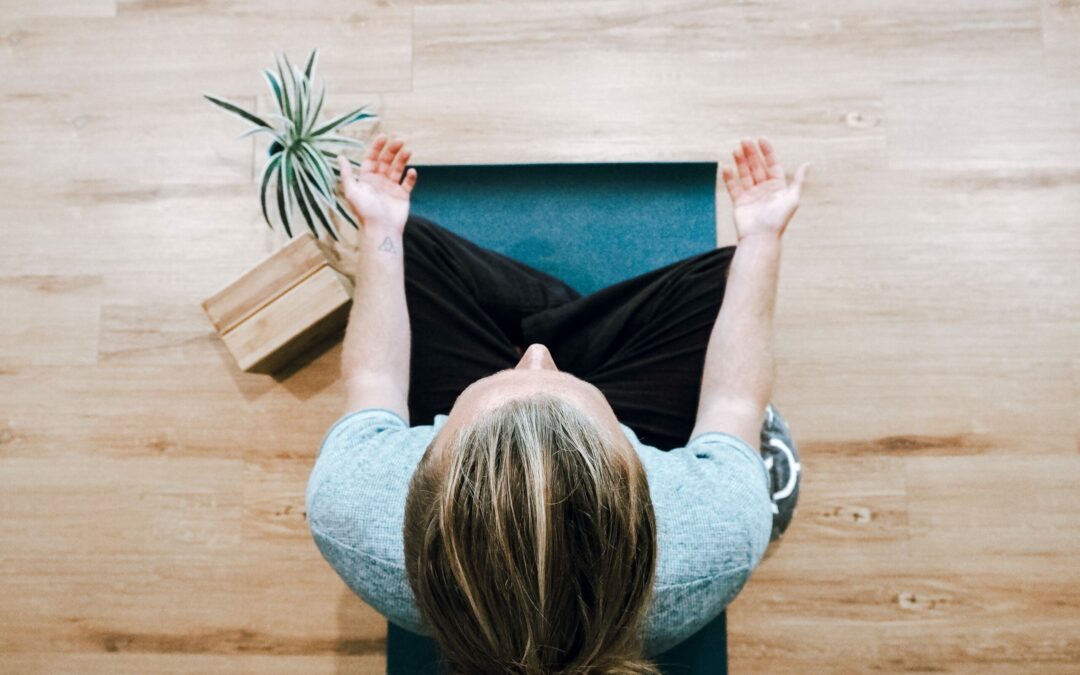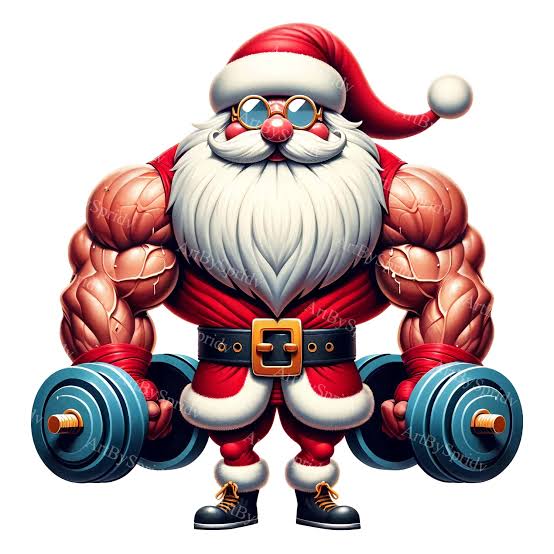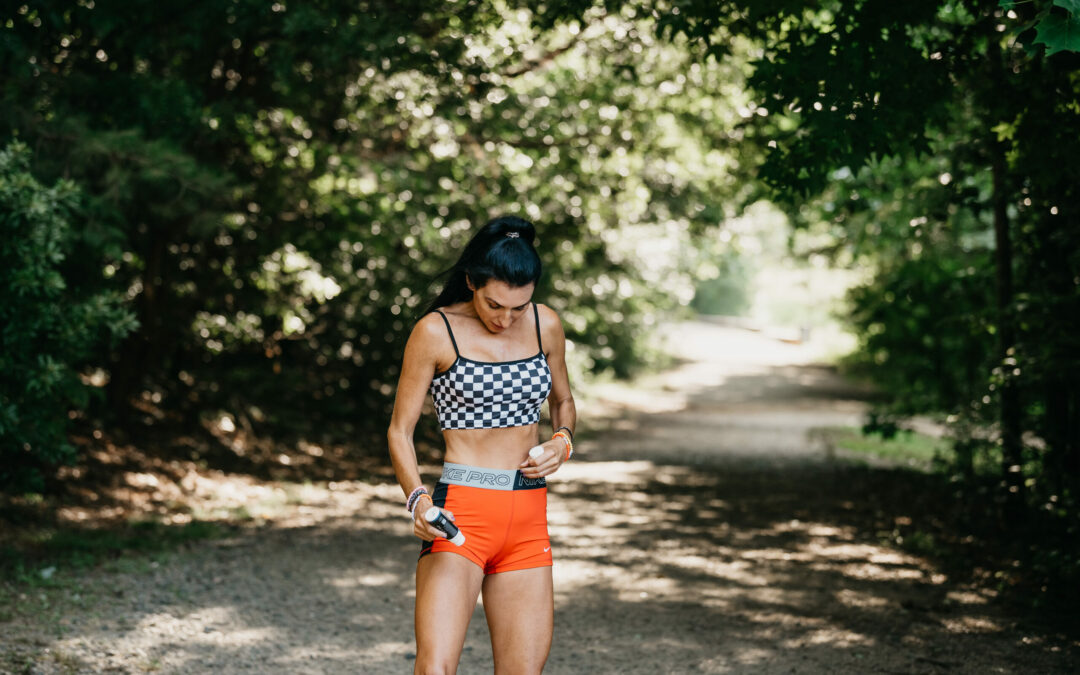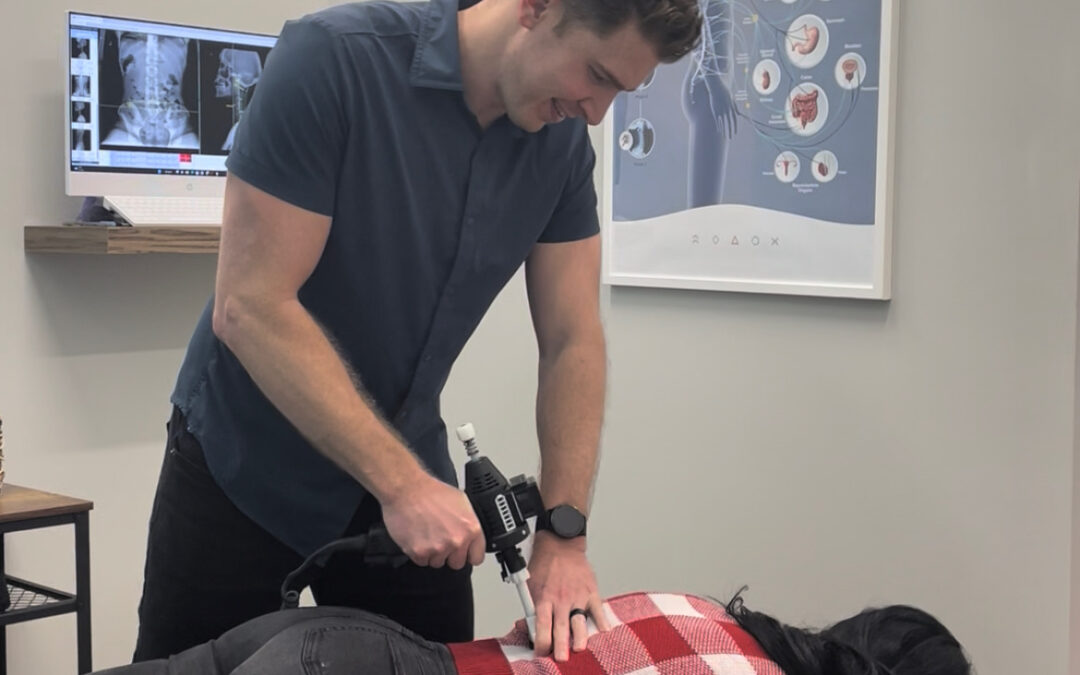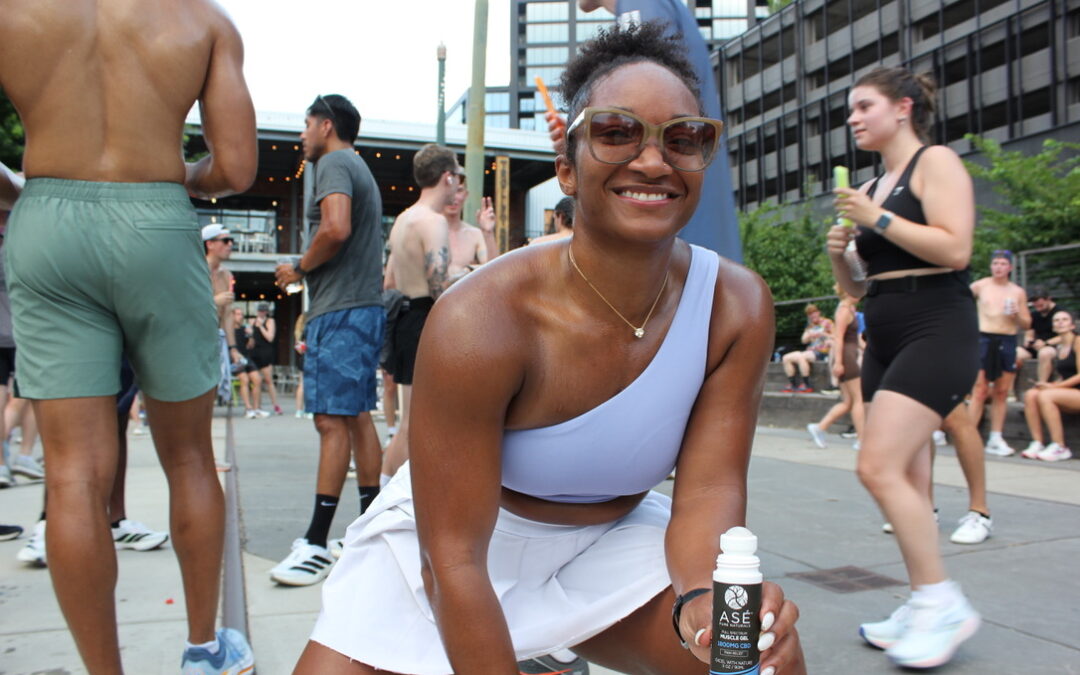Functional fitness has gained popularity for good reason—it’s a training method designed to make life’s daily tasks easier. Functional fitness doesn’t just target isolated muscles or aim for aesthetic results; rather, it emphasizes training movements that improve balance, flexibility, and overall strength in ways that mimic real-life activities. Whether it’s lifting groceries, playing with kids, or moving heavy objects, functional fitness prepares your body for whatever life throws at you. In this post, we’ll explore the unique benefits of functional fitness and share specific exercises to incorporate into your workout routine.
- What is Functional Fitness?
Functional fitness refers to exercises that improve movement patterns needed for everyday tasks. It’s less about lifting the heaviest weights possible or running the longest distances and more about building strength, coordination, and endurance to handle daily activities with ease. Functional fitness exercises involve multiple muscle groups and joints working together, promoting strength, mobility, stability, and flexibility in ways that benefit day-to-day life.
Incorporating functional fitness into your routine can help with daily tasks like carrying groceries, standing up from a chair, bending down to pick up objects, or even balancing while walking on uneven terrain. By training your body in practical ways, you reduce the risk of injury, improve physical performance, and increase confidence in your daily movements.
- Benefits of Functional Fitness
Functional fitness offers a wide range of benefits, particularly in making you more capable in real-life situations:
- Improved Balance and Coordination: Functional exercises engage multiple muscle groups, improving stability and reducing the risk of falls or injuries.
- Enhanced Mobility and Flexibility: These exercises promote a full range of motion in your joints, which translates to easier movement in daily life.
- Increased Core Stability and Strength: Core strength is essential for almost every movement. Functional fitness focuses on strengthening the core, improving posture and preventing lower back pain.
- Better Posture: By working muscles that support the spine and counteracting sitting habits, functional fitness can help correct posture.
- Reduced Risk of Injury: Functional exercises strengthen connective tissues, ligaments, and stabilizing muscles, reducing the chance of injuries in daily activities.
- Greater Confidence in Movement: Feeling strong and capable makes everyday tasks easier and boosts self-confidence.
- Functional Fitness Exercises for Real-Life Strength
Functional fitness exercises target the movements we use in daily life. Here are some effective exercises to incorporate into your routine:
- Squats
Why: Squats are excellent for strengthening the legs, glutes, and core. They mimic the natural movement of standing up and sitting down, improving lower body strength and stability.
How to do it:
- Stand with feet shoulder-width apart.
- Lower your body by bending your knees, keeping your back straight, and aiming for your thighs to be parallel to the ground.
- Press through your heels to return to the starting position.
Tip: Try adding weights or using one leg at a time for additional challenges.

Squats
- Lunges
Why: Lunges improve balance, flexibility, and lower body strength. They mimic movements like stepping forward or getting up from a low position.
How to do it:
- Start by standing straight.
- Step forward with one leg and lower your body until both knees are at 90-degree angles.
- Push back up to the starting position and repeat on the other side.
Tip: Try walking lunges to work on dynamic balance, or add weights for extra strength.

Lunges
- Deadlifts
Why: Deadlifts are one of the most effective exercises for building total-body strength. They target the hamstrings, glutes, back, and core, mimicking movements like lifting heavy objects from the ground.
How to do it:
- Stand with your feet shoulder-width apart and a barbell or dumbbells in front of you.
- Hinge at your hips, keeping your back straight, and grab the weights.
- Lift the weights by straightening your body and standing tall, then lower them back down in a controlled motion.
Tip: Start with lighter weights to master form, then gradually increase.

Deadlifts
- Push-Ups
Why: Push-ups are a full-body workout, targeting the chest, arms, and core. They mimic the movement of pushing objects, which is useful for many daily tasks.
How to do it:
- Start in a plank position with your hands shoulder-width apart.
- Lower your body toward the ground by bending your elbows.
- Push yourself back up to the starting position.
Tip: Modify by doing push-ups on your knees if needed, and work up to standard push-ups as strength improves.

Push-Ups
- Planks
Why: Planks engage the entire core, helping with posture and core stability. Core stability is essential for many daily movements, from lifting to bending and twisting.
How to do it:
- Get into a push-up position, but rest on your forearms instead of your hands.
- Keep your body straight, engaging your core.
- Hold the position for as long as you can.
Tip: Add variations like side planks to engage different core muscles.
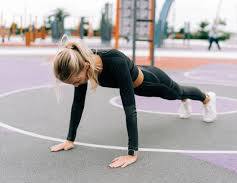
Planks
- Farmer’s Carry
Why: The farmer’s carry simulates carrying heavy groceries or bags. It strengthens the grip, core, and stabilizing muscles in the shoulders and back.
How to do it:
- Grab a dumbbell or kettlebell in each hand.
- Stand up straight and walk a set distance, keeping your core engaged and shoulders back.
Tip: Start with moderate weights, and focus on maintaining good posture while walking.
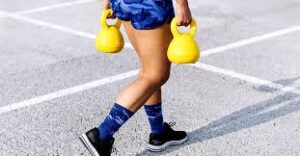
Farmer’s Carry
- Step-Ups
Why: Step-ups improve leg strength, balance, and coordination. They’re perfect for practicing climbing stairs or stepping onto elevated surfaces.
How to do it:
- Stand in front of a sturdy step or bench.
- Step up with one foot and bring your other foot up to stand fully on the step.
- Step back down and repeat on the other side.
Tip: Hold weights for added resistance.
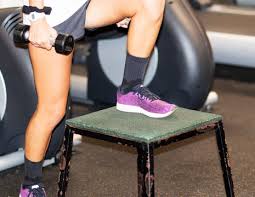
Step-Ups
- Getting Started with Functional Fitness
Functional fitness can be tailored to all fitness levels, making it accessible and adaptable. Here’s how to get started:
- Incorporate Variety: Include a mix of pushing, pulling, lifting, carrying, and rotating movements to target different muscle groups and planes of movement.
- Use Body Weight First: Start with body-weight exercises to build a foundation of strength before adding weights.
- Focus on Form: Functional fitness emphasizes quality of movement. Start with a weight that allows you to perform each exercise with good form.
- Add Unstable Surfaces: Introducing exercises on unstable surfaces, like using a Bosu ball, challenges your balance and strengthens stabilizer muscles.
- Listen to Your Body: Functional fitness can be intense, especially for beginners. Progress at your own pace and avoid overtraining.
- Functional Fitness as a Lifestyle
Functional fitness is more than just a workout style; it’s a lifestyle. By training your body to handle daily tasks with ease, you enhance your quality of life. Here are some practical ways to incorporate functional movement into your daily routine:
- Take the stairs instead of the elevator to engage your leg muscles.
- Carry groceries in both hands to improve grip strength and balance.
- Stand up and sit down without using your hands, a great way to practice squats in everyday settings.
- Bend and lift with your legs when picking up objects to protect your back.
Functional fitness offers real-life strength, flexibility, and mobility that can make daily activities easier and more enjoyable. It helps reduce the risk of injury, improves overall physical performance, and boosts confidence in movement. Embrace functional fitness as a lifestyle, and watch how it enhances your ability to tackle everyday tasks with ease. Whether you’re carrying heavy items, keeping up with children, or enjoying recreational activities, a strong, functional body can make all the difference in leading an active and fulfilling life.
At Asé Pure Naturals, we are committed to promoting physical movement for all fitness levels, fostering a foundation for a healthier, more balanced lifestyle. We believe sport and fitness are transformative for physical, mental, and spiritual well-being, and that by embracing discipline in fitness, we gain the tools to approach any area of life with strength and resilience. Together, let’s pave the way for greater success, fulfillment, and a life lived to its fullest potential.



